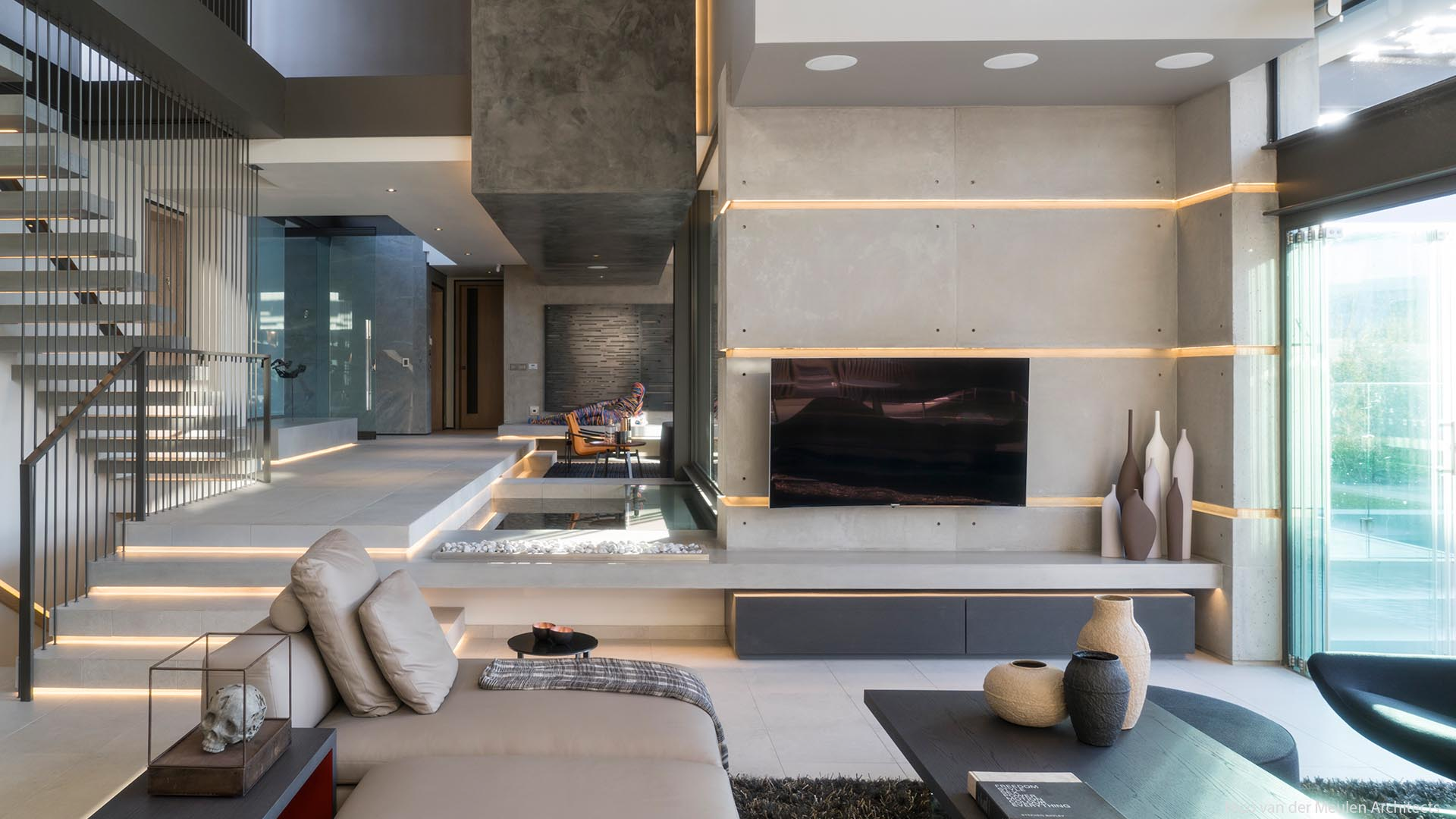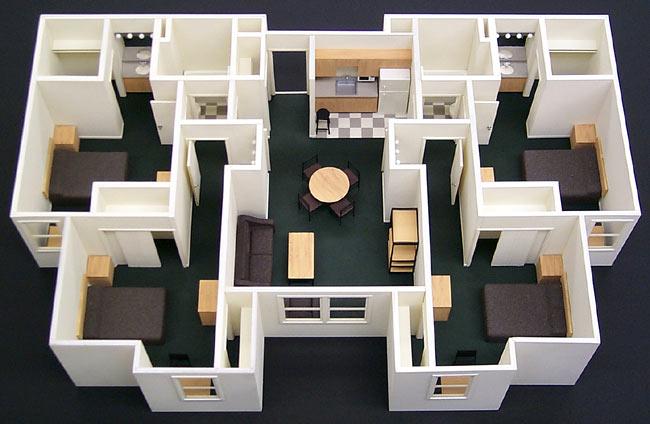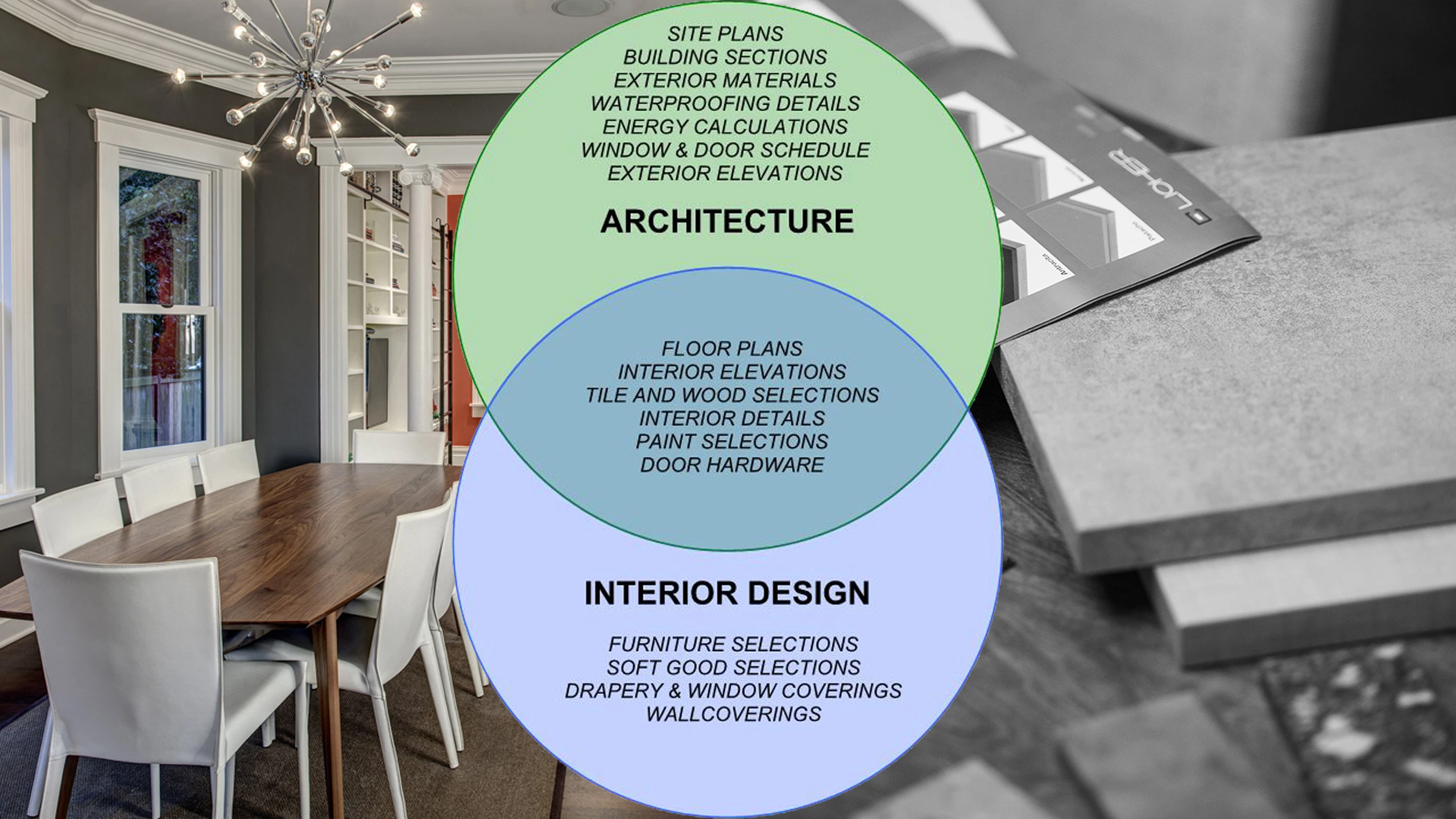Transform Your Space with the Best Interior Design Near Me
Transform Your Space with the Best Interior Design Near Me
Blog Article
The Art of Balance: How Interior Design and Home Architect Collaborate for Stunning Results
In the world of home style, striking a balance between visual appeals and performance is no tiny feat. This fragile balance is accomplished via the harmonious cooperation between interior developers and designers, each bringing their one-of-a-kind competence to the table. Keep with us as we explore the details of this collaborative procedure and its transformative impact on home style.
Recognizing the Core Differences In Between Interior Decoration and Home Design
While both interior design and home architecture play vital functions in developing visually pleasing and practical areas, they are inherently different self-controls. It deals with the 'bones' of the framework, working with spatial dimensions, load-bearing wall surfaces, and roof covering designs. On the other hand, indoor style is much more worried with boosting the sensory and visual experience within that structure.
The Synergy In Between Home Style and Interior Design
The synergy in between home design and Interior Design depends on a common vision of design and the improvement of practical aesthetics. When these 2 fields align harmoniously, they can transform a space from average to remarkable. This collaboration needs a deeper understanding of each self-control's concepts and the capability to create a cohesive, visually pleasing atmosphere.
Unifying Design Vision
Unifying the vision for home style and Interior Design can create an unified living area that is both useful and cosmetically pleasing. The balance starts with an incorporated way of thinking; architects and interior designers work together, each bringing their experience. This unison of concepts creates the design vision, a plan that guides the project. This common vision is crucial for consistency throughout the home, making certain a liquid transition from exterior design to indoor areas. It promotes a collaborating method where building elements enhance Interior Design components and vice versa. The result is a cohesive space that reflects the home owner's preference, personality, and way of living. Thus, unifying the style vision is important in blending style and Interior Design for stunning results.
Enhancing Functional Looks
Exactly how does the synergy in between home architecture and Interior Design boost functional visual appeals? This synergy enables the development of spaces that are not just aesthetically appealing but additionally pleasantly usable. Designers lay the foundation with their architectural design, making certain that the space is functional and efficient. The indoor designer then enhances this with carefully chosen elements that boost the looks without jeopardizing the capability. This unified collaboration can lead to homes that are both livable and lovely. An architect may create a home with large windows and high ceilings. The indoor developer can then emphasize these attributes with high plants and large curtains, respectively, therefore enhancing the aesthetic allure while preserving the functional advantages of natural light and spaciousness.
Relevance of Partnership in Creating Balanced Spaces
The collaboration in between indoor designers and engineers is critical in producing well balanced spaces. It brings consistency between style and style, bring to life rooms that are not only visually pleasing but likewise practical. Exploring effective joint approaches can give insights right into how this synergy can be efficiently attained.
Integrating Design and Architecture
Balance, an essential element of both Interior Design and design, can only genuinely be achieved when these 2 areas operate in harmony. This harmony is not just a visual consideration; it impacts the performance, toughness, and inevitably, the livability of an area. Interior engineers and designers should recognize each various other's duties, value their competence, and communicate properly. They should think about the interaction of structural components with decoration, the circulation of areas, and the impact of light and color. This collaborative process results in a cohesive, well balanced design where every component adds and has a function to the general aesthetic. Consequently, integrating layout and architecture is not nearly producing stunning areas, however regarding crafting rooms that function perfectly for their citizens.
Effective Collaborative Methods

Case Researches: Successful Integration of Design and Architecture
Examining a number of situation research studies, it emerges how the successful combination of Interior Design and design can transform a space. The Glass Home in Connecticut, renowned for its minimalistic style, is one such example. Engineer Philip Johnson and indoor developer Mies van der Rohe worked together to produce a harmonious equilibrium in between the interior and the structure, resulting in a smooth circulation from the exterior landscape to the inner living quarters. An additional prototype is the Fallingwater Home in Pennsylvania. Engineer Frank Lloyd Wright and interior designer Edgar Kaufmann Jr.'s collective initiatives bring about a strikingly special residence that mixes with its natural surroundings. These study underline the profound effect of an effective layout and style collaboration.

Conquering Obstacles in Style and Architecture Partnership
Regardless of the indisputable advantages of a successful cooperation in between indoor layout and design, it is not without its obstacles. Architects may focus on architectural integrity and safety and security, while designers concentrate on comfort and style. Efficient communication, common understanding, and concession are essential to get over these obstacles and accomplish a successful and harmonious cooperation.

Future Fads: The Evolving Relationship Between Home Architects and Inside Designers
As the globe of home style remains to advance, so does the relationship in between architects and indoor designers. The trend leans towards a more collaborative and integrated approach, breaking cost-free from traditional duties. Architects are no much longer only concentrated on architectural honesty, but additionally involve in improving visual appeal - Winchester architect. Conversely, indoor developers are accepting technological facets, influencing overall format and functionality. This developing synergy is driven by improvements in innovation and the growing demand for areas that are not only visually pleasing yet sustainable and additionally sensible. The future assures a much more natural, innovative, and a fantastic read adaptive technique to home style, as developers and architects remain to obscure the lines, promoting a relationship that truly embodies the art of equilibrium.
Final thought
The art of equilibrium in home design is achieved with the harmonious partnership between interior developers and designers. An understanding of each other's techniques, efficient communication, and shared vision are crucial in creating visually sensational, practical, and welcoming spaces. In spite of obstacles, this collaboration cultivates growth and technology in style. As the partnership between home engineers and indoor designers evolves, it will remain to shape future trends, improving comfort, performance, and individual expression in our home.
While both indoor style and home architecture play necessary functions in producing cosmetically pleasing and practical areas, they are naturally various self-controls.The synergy between home architecture and indoor style exists in a common vision of style and the enhancement of practical aesthetic appeals.Combining the vision for home design and indoor design can produce a harmonious living room that is both useful and cosmetically pleasing. Hence, unifying the style vision is essential in blending style and indoor design for sensational results.
How does the synergy between home architecture and indoor style improve useful visual appeals? (Winchester useful reference architect)
Report this page